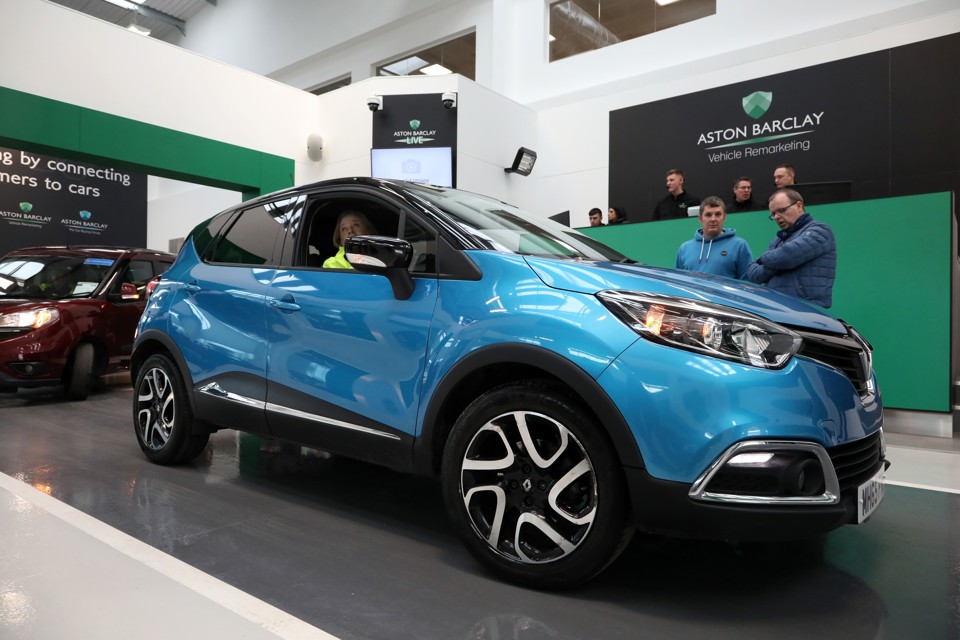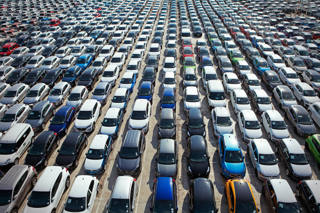Conversion rates in the used car market were consistently at 90% during Q1 2020, according to the latest Aston Barclay Market Insights report.
It reveals that dealer part exchanges and petrol stock were returning record prices before the pandemic struck.
Fleet prices also rose during Q1, with the first 10 weeks of 2020 extremely buoyant, until the Covid-19 lockdown affected sales volumes, while prices remained stable.
The high demand for sub-£10,000 stock fuelled the Q1 market and Aston Barclay expects this to continue as consumer confidence returns to the market later in 2020 and 2021.
“All our part exchange sectors have experienced high demand and prices during Q1,” said Martin Potter, Aston Barclay’s managing director, auctions.
“Dealers need to keep a close eye on stock mix to ensure they have plenty of cars priced between £3,000-£9,500, which remains the current sweet spot of the market.”
The young dealer part exchange sector (55-78 months in age) rose 3.8% (£237) from £6,153 in Q4 2019 to £6,390 in Q1 2020 and the old sector (79-126 months) rose by 4.2% (£146) from £3,408 in Q4 2019 to £3,554 in Q1 2020. Both sectors reached their highest prices since Aston Barclay launched its Market Insights report in 2017.
Average fleet prices rose by 1.7% (£174) from £9,799 in Q4 19 to £9,973 in Q1, helped by average mileage reducing 3,322 miles in the quarter.
Fleets are currently being forced to extend leasing contracts as new car supply is restricted. This is likely to cause initial shortages of used ex-fleet stock once the current vehicles stuck in auction compounds and de-fleet centres are sold and as OEMs get production lines operational again, says Aston Barclay.
However, restricted driver movement during the lockdown should keep mileages under control for when the extended contract ex-fleet stock finally reaches the used market, it suggests.
Since the Covid-19 lockdown fleet vendors’ strategy has been to keep their brand and stock visible online via Aston Barclay’s e-Xchange online portal and weekly e-Live sales, to ensure they are front of mind once buyers are more active in the used market.
“Fleets are understandingly keen to sell assets currently in the marketplace to free up cash, but they are also mindful of a potential shortage of used stock while OEMs kickstart new car production,” said Potter. “Hopefully this will help stabilise prices particularly in the sub-£10,000 sector.”
Petrol car prices reached their second highest level up 9.8% from £4,470 in Q4 to £4,910 in Q1, fuelled by the popularity in smaller petrol hatchbacks.
Diesel prices at £7,613 fell back slightly from Q4 19 and the market is starting to see more consistency in hybrid and electric car prices. Average Q1 prices at £13,332 fell just £43 from Q4 2019, despite a 30% increase in hybrid and EV entries.
“We have certainly seen more hybrids and EVs go through auction in Q1 and we believe this trend will continue,” concluded Potter. “Once again used cars in this sector could benefit from the limited new car supply coming into the market over the coming months.”
























Devon Guy - 16/04/2020 22:19
Well done to you all, but ..and perhaps slightly more importantly, what would the view be as to the buoyancy of the market post-Covid19 in which the Office Of Budgetary responsibility are quoting one of the biggest recessions ever seen with hyper unemployment levels, record poverty and business failure rates.....?